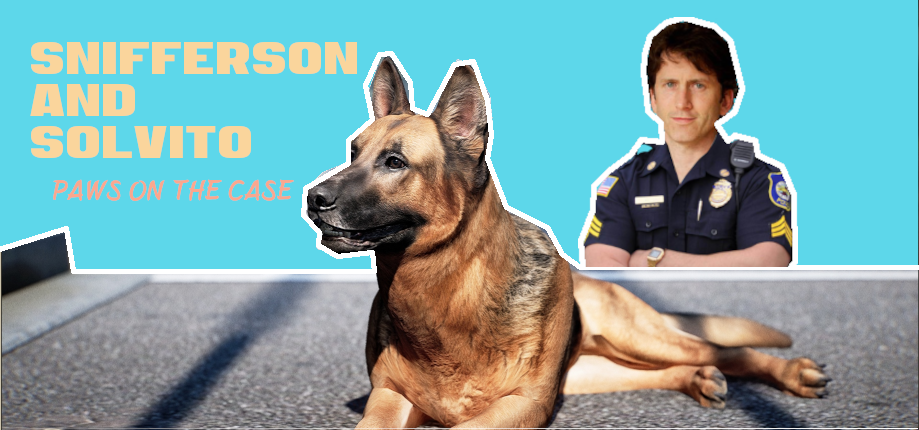Everyone is talking about the monkey, a breath of fresh air during those challenging times. I am watching the game intro over and over, it is probably one of the best I have ever seen.
- Character: he’s brave, he’s not humble, he is imperfect. He is relatable with Goku also for non-Asian audiences. That cloud flight scene is pure genius.
- Combat: it starts from the best thing of the game, fighting bosses. You cannot lose here, and you have everything unlocked it’s on you to discover.
- System: it shows you a possible evolution of your character
- Promise: the theme is well set at the end of the prologue. It’s about rising again.
But wait, why did the semi-god fall off? It’s not clear and I am not the only one that wants to know why…
Regarding the development, the team had experience in live service games and they decided to steer off completely learning Unreal Engine from scratch.
Great things happen when you have motivation and true experience but in lateral sectors! Black Myth Wukong is another proof of this.

